Your first home starts here
Start with expert guidance
Support, strategy, and resources you can trust
Buying your first home is a major milestone—and it should feel exciting, not overwhelming. This page is your one-stop resource for understanding what’s involved, what you qualify for, and what steps to take next.
From financial tips to government programs, I’ve got you covered every step of the way. I’ll guide you through the process with clarity, care, and zero pressure.
FREE RESOURCE:
First-time buyer new home checklist
Buying your first home is exciting—but it can also feel overwhelming. This simple, step-by-step checklist is designed to guide you through the key things to consider before, during, and after your purchase, from budgeting and paperwork to moving day must-haves. It’s the perfect companion to help you stay organized and confident throughout your home buying journey.
Leave your email below to get your free instant download!
How interest rates and terms shape your mortgage experience
A mortgage isn’t one-size-fits-all. You’ll need to choose between fixed or variable interest rates and decide on the right mortgage term for your situation. Fixed rates stay the same, offering predictable payments, while variable rates can change with the market—sometimes saving you money, sometimes costing more.
Your “term” is how long you commit to that rate and lender (usually 1–5 years), while your “amortization” is the total length of the mortgage (usually 25 years). Knowing how these pieces work together helps you make smart, stable decisions.
Key homebuying concepts explained
Pre-approval
Confirms budget & buying power
Closing costs
Extra fees due on possession day
Offer conditions
To protect you during financing
Government support programs for first-time buyers
Home Buyers' Plan (HBP): The Home Buyers’ Plan lets you withdraw up to $60,000 from your RRSPs tax-free to help buy your first home. You must be a first-time home buyer (or not have owned a home in the past four years), and you’ll need to repay the amount withdrawn over 15 years. It’s a great way to boost your down payment using your existing savings.
First Home Savings Account: The First Home Savings Account combines the best features of an RRSP and TFSA to help you save for your first home faster. You can contribute up to $8,000 per year, up to a lifetime maximum of $40,000, and the money can be withdrawn tax-free when buying your first home. Contributions are tax-deductible, and investment growth is tax-sheltered.
Land Transfer Tax Rebate: When you buy a home in most provinces, you pay a land transfer tax—but first-time home buyers may qualify for a rebate to reduce that cost. In Ontario, for example, the rebate is up to $4,000 provincially, and an additional $4,475 if the home is in Toronto. This can significantly reduce your closing costs and help you budget more confidently.
GST/HST New Housing Rebate: If you buy a newly built home or have one constructed for you, you may be eligible to get back some of the GST or HST you paid. The amount depends on the price of the home and where you live. This rebate can apply to houses, condos, and even major renovations, helping reduce the total cost of a new build.
Understanding who to work with—and what they offer you
One of your first choices is whether to go with a bank or a mortgage broker. Banks offer only their in-house mortgage products, while brokers can compare options from multiple lenders to find the best fit for you.
Brokers are especially helpful for those with non-traditional income, lower credit, or unique financial needs. The right partner can save you thousands over the life of your mortgage. Take time to compare—this decision matters.
First-time buyer FAQ guide
Mortgage basics
-
The more you put down, the less you borrow—and the less interest you pay. If your down payment is under 20%, you’ll need to pay for mortgage default insurance (CMHC insurance). That insurance gets added to your mortgage balance. Larger down payments can also lead to better rates. It’s important to weigh saving longer vs. getting into the market sooner.
-
Your monthly mortgage payment usually includes both principal (the amount you borrowed) and interest (the cost of borrowing). If you have mortgage default insurance, the premium may be included too. Some lenders also bundle in property taxes and home insurance, depending on your arrangement. It’s important to know what’s covered so you’re budgeting accurately. I can help break it down based on your lender’s structure.
-
Once your offer is accepted and your documents are submitted, full mortgage approval can take anywhere from a few days to a week. The lender may ask for additional paperwork like proof of income or a property appraisal. Being prepared and responsive speeds up the process. Pre-approval helps, but it doesn’t guarantee final approval until the deal is fully reviewed. I’ll guide you every step of the way to avoid delays.
-
If you have a fixed rate mortgage locked in, your rate won’t change—even if market rates rise before closing. But if you chose a variable rate or weren’t pre-approved with a rate hold, your payment could go up or down depending on market conditions. That’s why pre-approval with a rate hold can be really valuable—it protects you from sudden increases. I’ll make sure you understand how your rate works and what to expect before signing.




